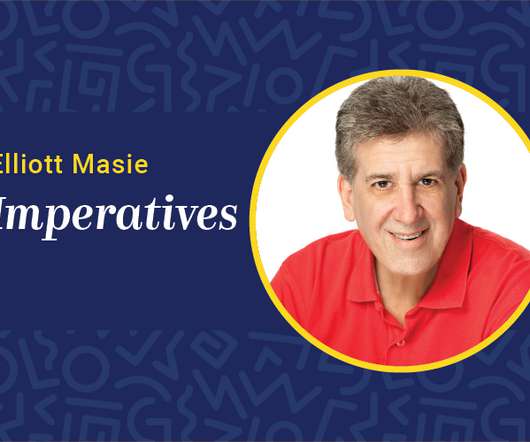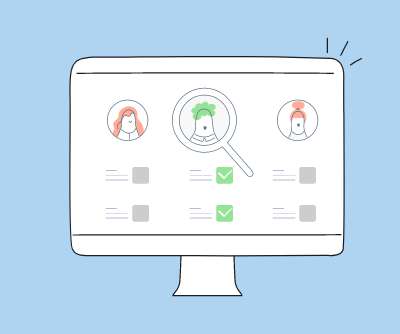Cognitive Learning: History, Functions, Benefits, Applications
WhatFix
OCTOBER 3, 2024
Employee Training Cognitive Learning: History, Functions, Benefits, Applications Published: October 3, 2024 Updated: October 3, 2024 Samantha Rohn Throughout our lives, we constantly learn new things, whether learning to read as a child or expanding arsenals of professional skills as adults. What Is Cognitive Learning?







































Let's personalize your content